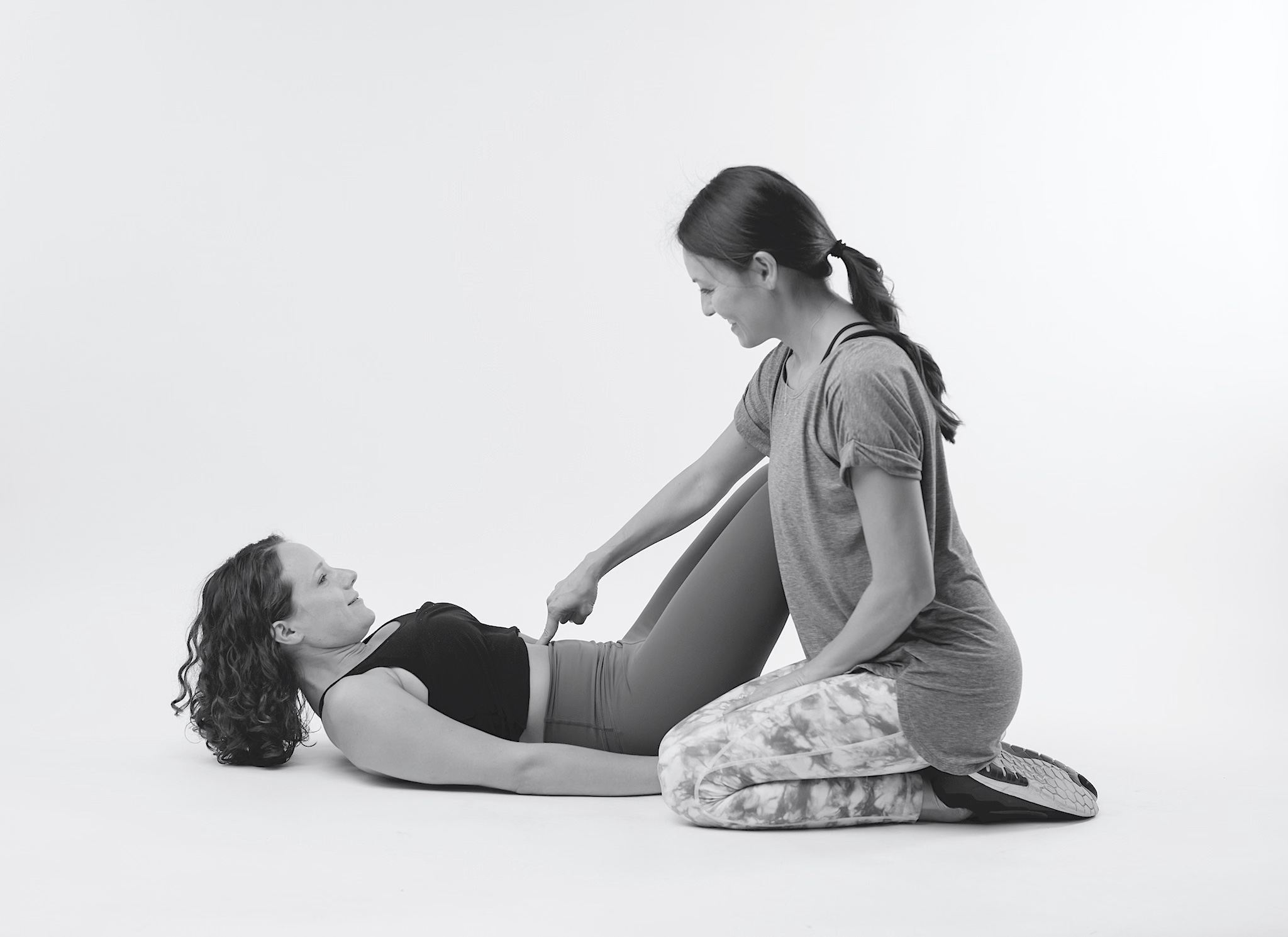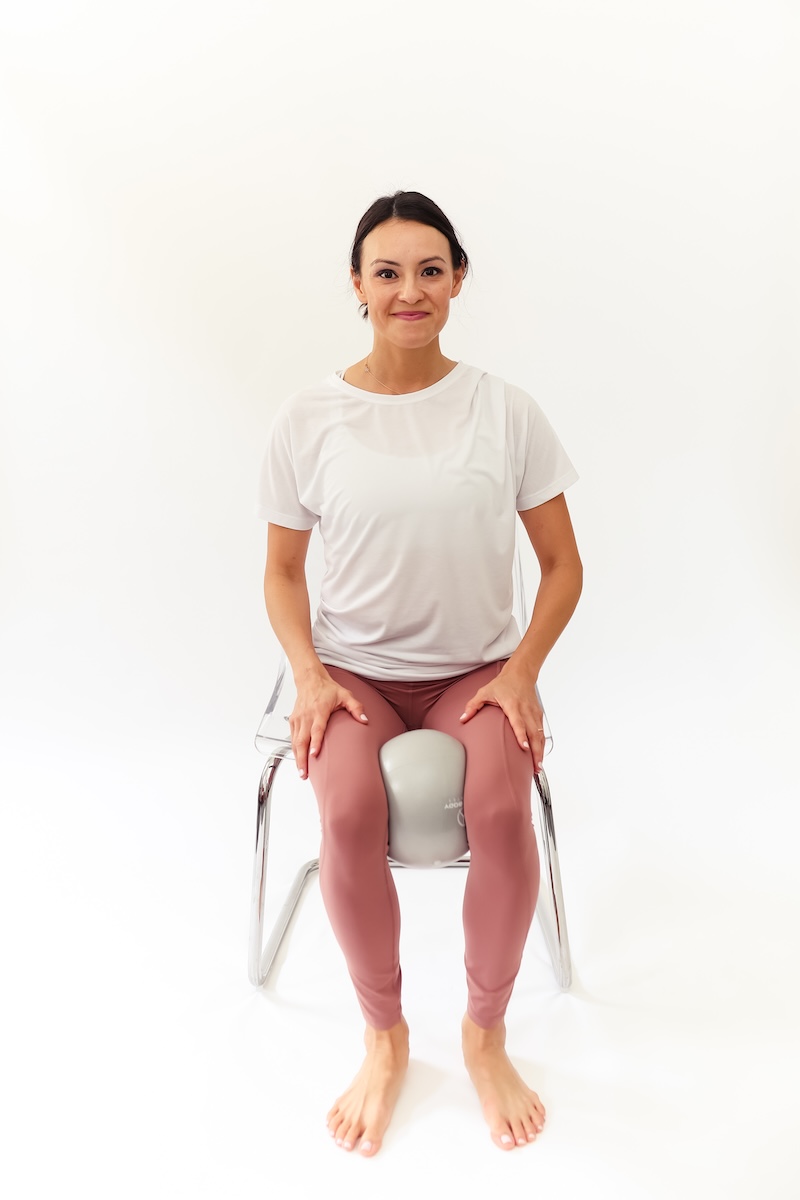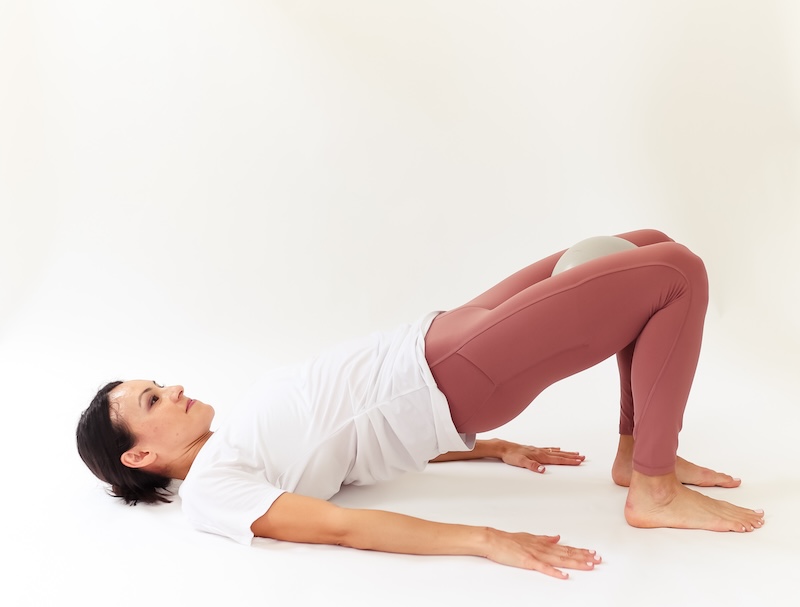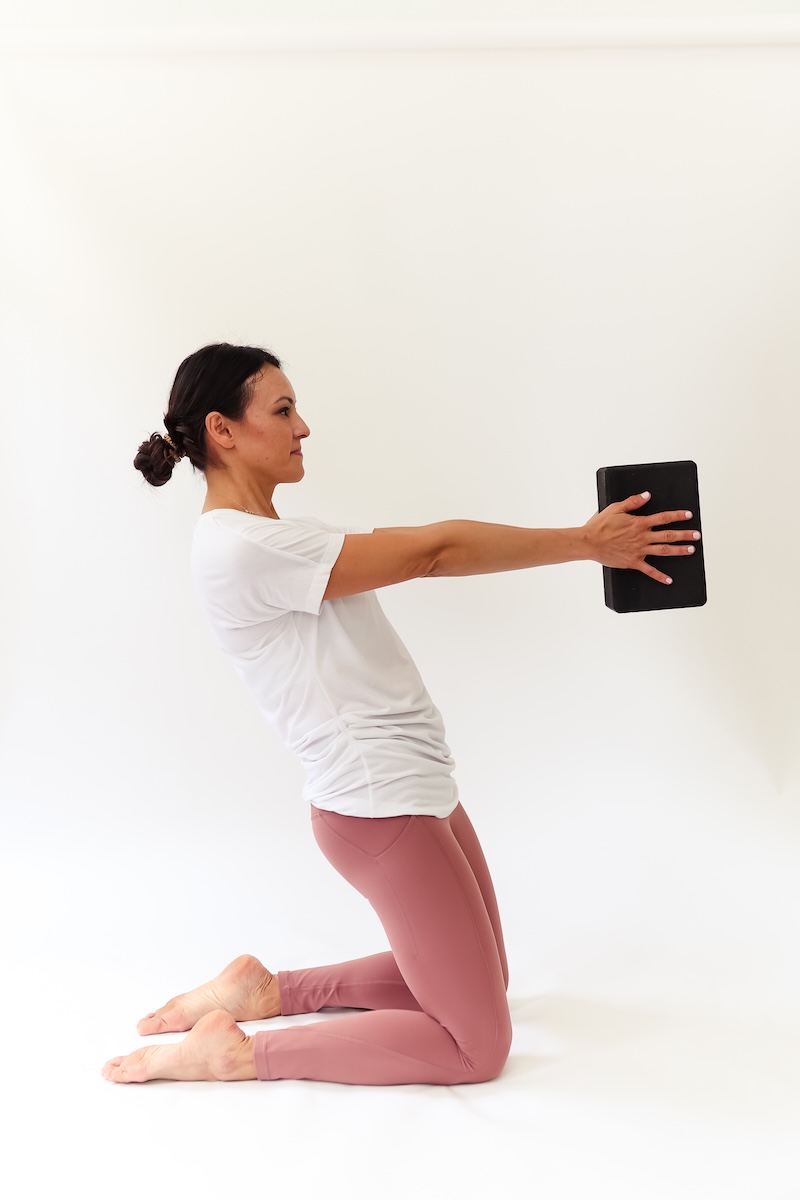Recovering after your c-section and wondering when and how you can begin pelvic floor and core workouts? We understand your eagerness to regain core strength, but returning to exercise should be a slow, gradual process.
This guide focuses on pelvic floor exercises after c-section and a post c-section core workout.
Your postpartum pelvic floor and core
Pregnancy causes significant changes in your core muscles. The abdominal and pelvic floor muscles lengthen to accommodate your growing baby, taking on a significant amount of strain. You may even develop a diastasis recti.
A c-section adds to these challenges. While the abdominal muscles aren’t directly cut during surgery, the critical connective tissues (fascia) supporting them are affected. This impacts the healing of your abdominal wall and the safety of your chosen post c-section core workout. Remember, returning to exercise takes time and patience.
However, with a gradual approach and focused core work, regaining core strength and function is totally doable. Read on to learn how to safely restore coordination post c-section.
Heal your pelvic floor and core after a c-section
The First Few Days
The initial days and weeks post-c-section recovery should focus on rest, healing, and hydration. Focus on a balanced diet, lots of water, and pain free, intentional movement that supports healing in your abdomen and pelvic floor.
Begin walking as soon as you’re able. Walking safety promotes blood flow to healing tissues, reduces swelling and inflammation, and gently engages your core and pelvic floor muscles.
It’s also really important to focus on good posture when you’re up and about. Focus on a tall, upright stance to make it easier for your core muscles to engage, while preventing cesarean section scar tissue restrictions.
Tip: When getting out of bed, roll to your side and use your arms to push yourself up, protecting your abdominals. Reverse this movement to get back in bed.
Continue to go on short walks, gradually increasing the length of walks as you can. Reduce activity if pain or bleeding increase.
All cleared for core exercises after c-section?
The “all clear” at your 6-week checkup doesn’t necessarily mean you’re fully healed. It means that there’s no sign of a condition or issue requiring medical intervention by the physician. It doesn’t mean that your tissues are done healing or that they’re ready for high impact.
If you have urinary leakage, pain, pelvic pressure/heaviness, or abdominal doming/coning, consult a pelvic floor physical therapist.
A pelvic floor physical therapist can assess your pelvic floor muscles and abdominal wall, address pain, prolapse, or leakage, and provide a personalized exercise plan.
Gradual return to pelvic floor and core workouts
It’s usually safe to start exercising after 6 to 8 weeks postpartum. Low-intensity activities like walking and gentle core exercises and pelvic floor exercises are recommended.
Focus on rebuilding your core and pelvic floor muscles during the first 12 weeks. Avoid high-intensity activities for 3 to 6 months to minimize stress on healing pelvic and abdominal muscles.
After building a strong foundation, gradually reintroduce more strenuous activities like running, weightlifting, or high-intensity interval training (HIIT).
Safe post c-section core workouts
The priority post-c-section is retraining and strengthening your core. These activities increase blood flow to your pelvic region and reactivate muscles without unwanted strain.
Remember, your “core” includes not only your abdominal wall but also your pelvic floor muscles, low back muscles, and diaphragm.
Start with these five pelvic floor and core exercises to rebuild your foundation and for strengthening your core.
1. Diaphragmatic breathing
Diaphragmatic breathing is the first step in reconnecting with your core after c-section. What does breathing have to do with your core? Everything!
Proper breathing prevents tension in abdominal muscles and optimizes pelvic floor muscles contraction. It also expands tissues around your c-section scar, minimizing restrictions.
Perform this lying down, sitting, or standing (or while feeding your baby!) Start by lying down.
- Lie flat on the floor with knees bent and feet flat.
- Place a hand on each side of your ribcage.
- Inhale, allowing the rib cage to expand in all directions, opening like an umbrella on all sides. Allow your belly to inflate. Release tension in your neck and shoulders.
- Exhale naturally.
- Gradually deepen breaths to 4-second inhales and exhales.
2. Transverse abdominis contraction
The transverse abdominis is the deepest layer of your abdominal wall. Help engage this muscle by performing a pelvic floor muscle contraction (Kegel) at the same time.
But you shouldn’t just focus on ab exercises after cesarean — it’s important to rehabilitate your pelvic floor muscles, too. And sometimes this means Kegels! Your pelvic floor muscles still change during pregnancy, and may even undergo some stretch and injury during labor if a cesarean wasn’t planned.
- Lie flat on the floor with knees bent and feet flat.
- Inhale with a diaphragmatic breath to prepare.
- Exhale and perform a Kegel and transversus abdominis contraction at the same time.
- Inhale and release. Repeat.
A Kegel involves contracting and lifting the pelvic floor muscles. Imagine sucking up a smoothie with your vagina, stopping the flow of urine, or holding back gas.
To contract your transverse abdominis, gently draw your hip bones and the area surrounding your c-section scar together.
3. Ball squeeze
Using your pelvic floor muscles during movement is a crucial part of rehabilitation. Contracting your inner thigh muscles helps activate your pelvic floor and transversus abdominis.
The ball squeeze is a simple way to activate your core, performed lying down or seated with your feet flat.
- Sit tall on a chair with knees bent and feet flat. Place a yoga block, soccer ball, or soft pillow between your knees.
- Inhale to prepare.
- Exhale, squeeze the ball, and gently draw in your lower abdomen and pelvic floor.
- Inhale to repeat.
4. Bridges
The next progression involves activating your glutes during a pelvic floor muscle contraction.
Pregnancy-related postural changes can weaken (and flatten) your glutes. Activating these muscles alongside your deep abdominal and pelvic floor strengthens your core and helps with hip and pelvic stability. Engaging the core during this exercise also ensures that the core stabilizes the spine and pelvis throughout the movement.
- Lie flat on the floor with knees bent and feet flat, feet close to your bottom. You should be able to touch your heels.
- Inhale to prepare.
- Exhale and push through your heels to lift your hips
- Squeeze your buttocks and gently draw in your lower abdomen and pelvic floor at the top.
- Inhale and lower. Repeat.
5. Kneeling hip thrust
Strengthening muscles in different positions against gravity is essential as we use our abdominal muscles daily, for all sorts of things. This exercise challenges your core against gravity.
- Start kneeling, with your upper body upright. Sit back on your lower legs.
- Inhale to prepare.
- Exhale and rise up onto your knees. Squeeze your buttocks and gently draw in your lower abdomen and pelvic floor at the top.
- Inhale and lower. Repeat.
For each exercise, start with 1 set of 10 repetitions, progressing to 2 to 3 sets per day. Increase hold time to 5 seconds.
Discontinue if pain or discomfort occurs and check in with a pelvic floor physical therapist. At around 8 weeks postpartum, you can add yoga, upper and lower body strengthening, walking, cycling, or elliptical training.
When to back off pelvic floor and core workouts
Seek help from a pelvic floor physical therapist if you notice any of the following symtpoms. Also, consult with your doctor before exercising for approval:
- Urinary incontinence
- Leaking poop
- Difficulty pooping
- Painful intercourse
- Pelvic or low back pain
- Heaviness, pressure, or bulging in the low pelvis
- Abdominal bulging
- Cesarean scar pain, numbness, or sensitivity
You can do this, and we can help
Recovering from a C-section and rebuilding your core takes time, patience, and the right approach. By focusing on gentle reactivation, proper breathing, and progressive exercises, you can effectively restore your pelvic floor muscles and abdominal muscles, and regain strength and function. It’s important to listen to your body and get help from a physical therapist if you experience any symptoms that bother or concern you. Remember, ab exercises after cesarean section should be approached slowly and with awareness. Prioritize healing and a gradual return to activity.
Ready to take the next step in your post c-section recovery? Don’t let lingering issues hold you back from feeling your best. Try the V-Hive postpartum program, specifically designed to help you safely and effectively strengthen your core, pelvic floor exercises, and glutes after a C-section. Get the support you need for a stronger recovery, starting with your 7-day free trial today and rediscover your core strength!









